Region: Limbs
List of Anomalies:
• Flexural deformity (contracted tendons)
• Angular limb deformities
• Extra limbs
• Extra digits
Anomalies Commentary:
Contracted tendons occur most commonly in long legged newborns such as foals and calves. It is commonly thought to be due to the long legs being cramped within the uterus so that they develop in a flexed position. Therefore, the most correct term for the condition is flexural deformity. It is assumed to result from depression of fetal movement in utero as demonstrated by experimental feeding of plant toxins that depress fetal activity as shown by ultrasonography. Similar experimental findings were described earlier in chick embryos treated with the muscle blocking agent curare. In both experiments higher doses of the toxin or drug resulted in joint deformities known as ankylosis due to inadequate movement of the developing joints.
In a study of equine congenital defects at the University of Kentucky, the most commonly observed defect was flexural deformity. This condition was found in 202 cases out of a total of 608 defective foals (AJVR 46:353-358, 1985). The authors characterized these cases as "contracted foal syndrome" and said that the joint flexion ranged from mild to severe. In some cases these foals also had scoliosis and/or torticollis (twisted neck).
Angular limb deformities are common in the distal limbs foals. Valgus refers deviation of part of a limb away from the midline plane. Varus refers to inward deviation towards the median plane.
Polymelia refers to a greater than normal number of limbs. The suffix -melia refers to the limbs. Related terms are: micromelia which refers to a smaller than normal limb, meromelia which refers to absence of part of a limb and amelia which refers to complete absence of a limb.
Anomaly Images:
Note: Click an image to see it enlarged, view its caption, and toggle its labels.
| 1 | 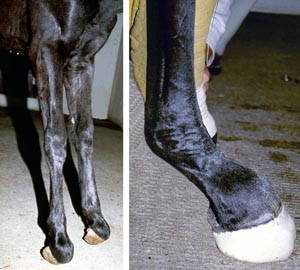 |
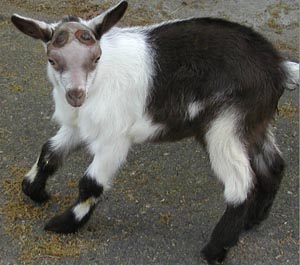 |
2 |
| 3 | 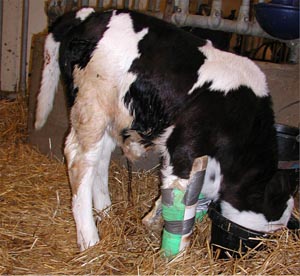 |
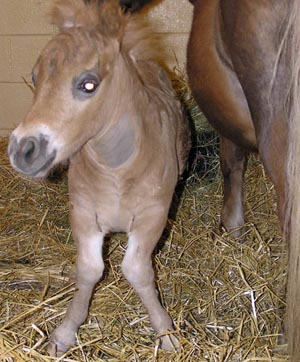 |
4 |
| 5 | 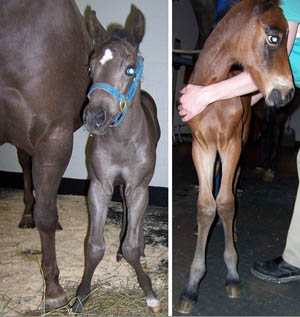 |
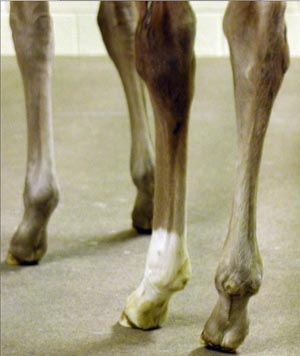 |
6 |
| 7 | 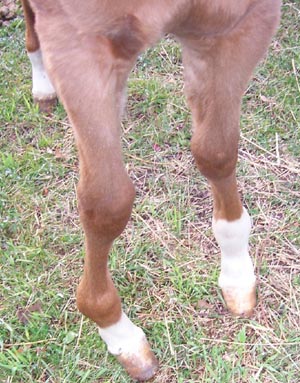 |
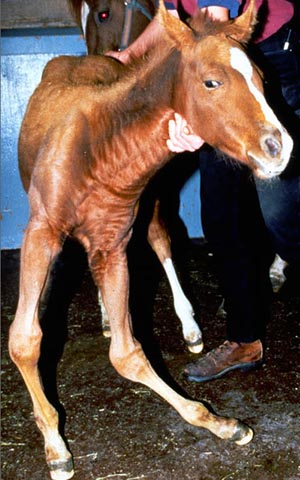 |
8 |
| 9 | 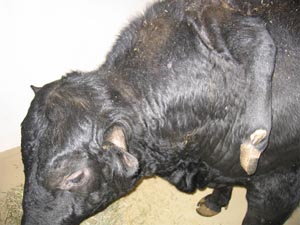 |
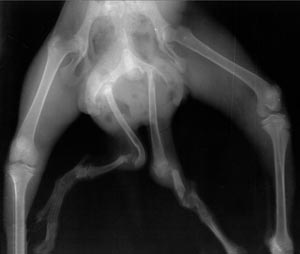 |
10 |
| 11 | 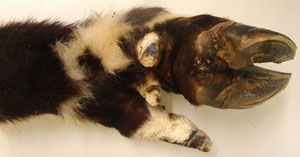 |
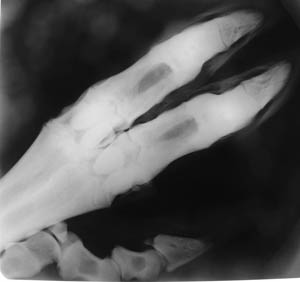 |
12 |
| 13 | 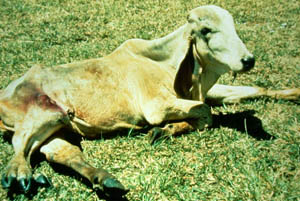 |
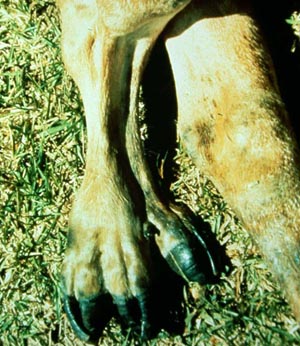 |
14 |
| 15 | 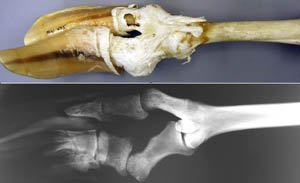 |
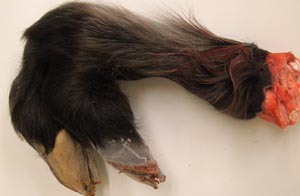 |
16 |
| 17 | 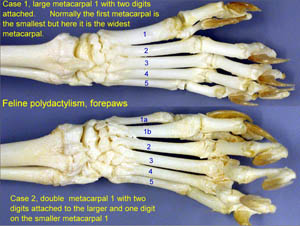 |
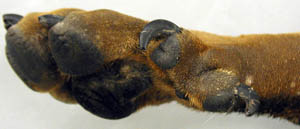 |
18 |
| 19 | 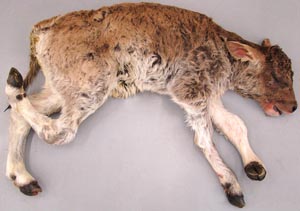 |
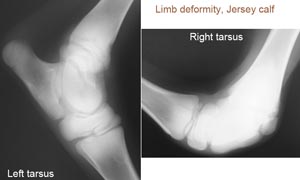 |
20 |
